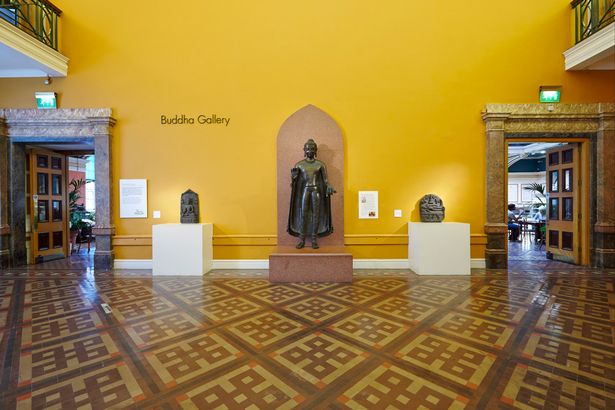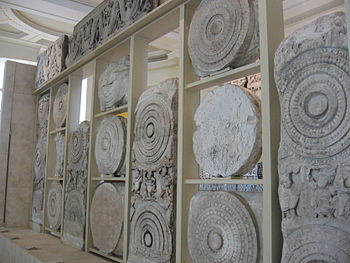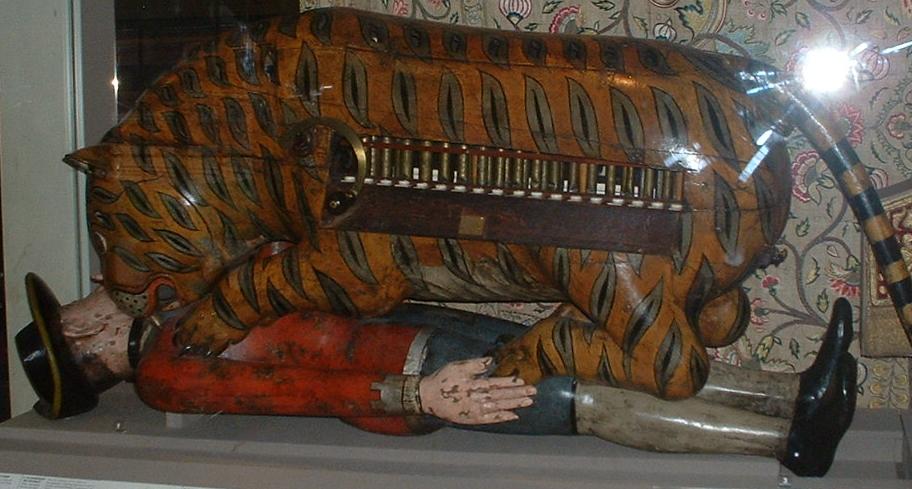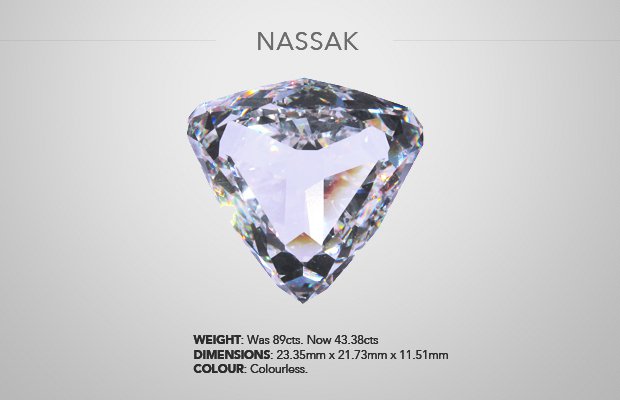The Kohinoor may not return to India anytime soon, and we may choose to believe or disbelieve the government when it says that all possible efforts are being made to bring back the rock. However we may want to give a thought to all the many priceless Indian artefacts that have found their way abroad over the years, not as a result of alleged colonial misappropriation, but because of corruption, official connivance, smuggling or outright theft as well. There are priceless treasures lying abroad that we don’t even know about, such as:
The Sultanganj Buddha

This 2.3 mt high copper statue dating back to the 6th or 7th century was discovered by E B Harris, an engineer of the East India company while building a railroad in present day Sultanpur in Bhagalpur District of Bihar. Today the statue is a major draw at the Birmingham Museum and Art Gallery.
The Amaravati Marbles or Amravati Collection

This is a series of 120 limestone inscriptions created between the 1st century BC and 8th century. These were discovered 1997 and transferred to Britain in 1845 by Sir Walter Elliot, a British civil servant who was excavating the Amravati stupa . Currently these are displayed in the British Museum.
The tiger of Tipu Sultan

The sword of Tipu Sultan was brought back to India by private purchase at an auction by Vijay Mallya but the mechanical tiger of Tipu, a curiosity created in the 18th century for the ruler of Mysore is still in Britain. It consists of a near life sized European soldier being mauled by a tiger. The device was created to move and emit sounds of wailing from the soldier and grunting by the tiger and is housed in the Victoria and Albert Museum in London.
The Nassak diamond

This 43 carat stone was placed in a temple near Nashik until the British acquired the stone in 1818 after which it was set in the handle of the sword of the Marquess of Westminster. Later it was acquired in an auction and is now owned by Edward J Hand, an American.
There are many such priceless treasures that have been taken away from India before independence and are now found in private collections or as exhibits in museums. There are countless other items which were smuggled out of the country for private collectors after independence. And then there are objects such as the Peacock Throne of Shah Jahan which Nader Shah took as the spoils of war, about which we know little: perhaps it was dismantled or destroyed or perhaps parts of it now reside in various different locations over the world.
Does it really matter where these treasures are located? Is it not more important for people to be able to view them, to know about the history associated with them? Share this story with as many young people as possible so that these artefacts would be remembered and would remind of the historical colonial injustices perpetrated.
Author – Reena Daruwalla





